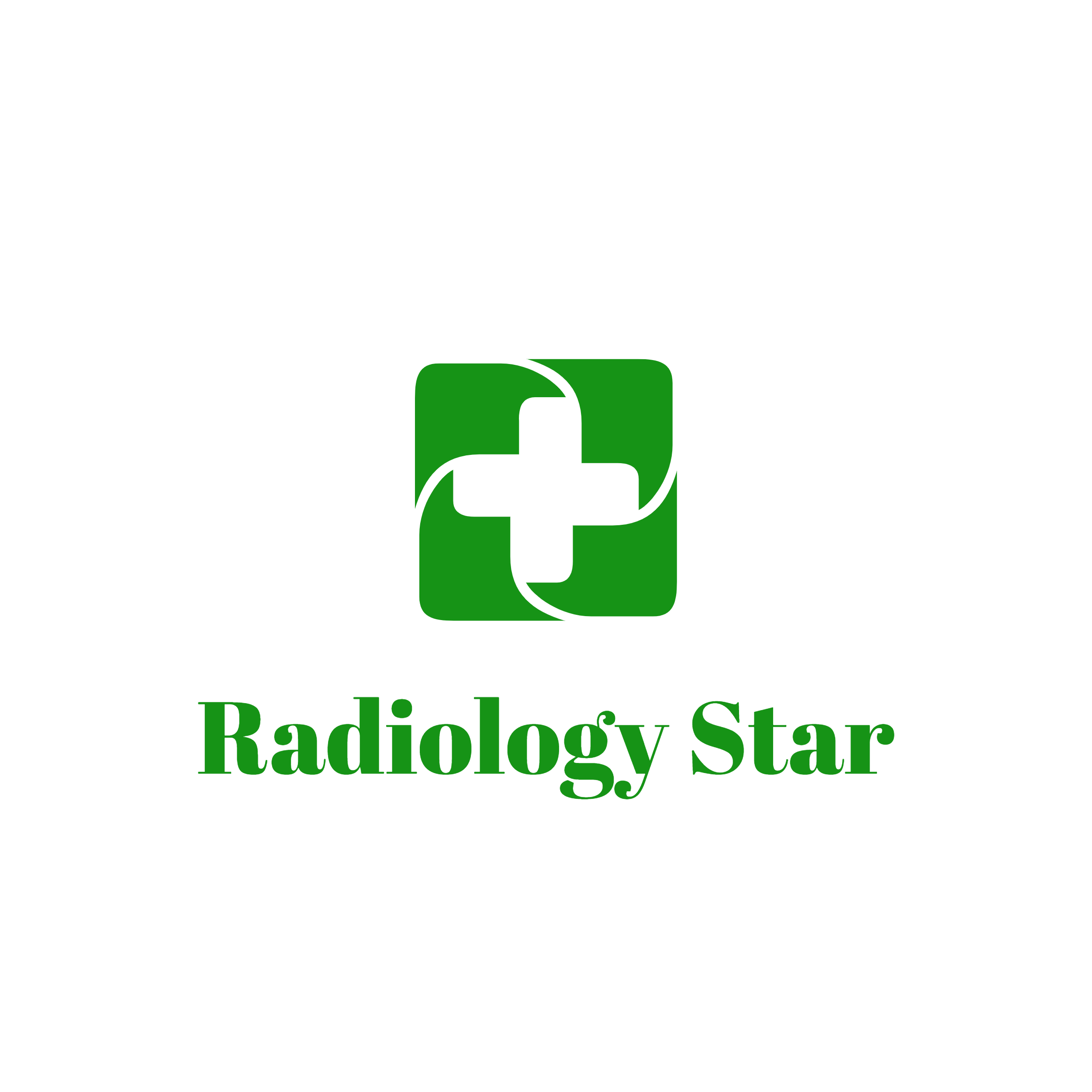Best CT Scan MCQs With Answer Part 2.
“Explore your knowledge with our comprehensive CT Scan MCQs With Answer Part 2. Test your understanding of computed tomography through a curated set of multiple-choice questions designed to enhance your expertise in medical imaging. Elevate your learning experience and reinforce key concepts with detailed explanations provided for each answer. Get ready to master CT Scan principles and stay ahead in your medical journey.”
1. Which of the following sets of section width and spacing would be most suitable for a general survey CT of the neck?
A. 0.75 mm thick every 0.75 mm
B. 3 mm thick every 5 mm
C. 3 mm thick every 3 mm
D. 10 mm thick every 10 mm
ANS:- C
2. The still viable ischemic cerebral tissue that surrounds the infarct core in a patient with an acute stroke is termed the:
A. Thrombolytic zone
B. Hemorrhage focus
C. Ischemic penumbra
D. Stroke volume
ANS:- C
3. Complex fractures of the wrist are most common in which of the following carpal bones?
A. Hamate
B. Scaphoid
C. Capitate
D. Triquetrum
ANS:- B
4. A complete CT study of the orbits should include:
A. 5 mm 5 mm axial sections only
B. 10 mm 10 mm axial and coronal sections
C. 3 mm 3 mm coronal sections only
D. 2.5 mm 2.5 mm axial and coronal sections
ANS:- D
5. High-resolution computed tomography (HRCT) is most commonly used for the evaluation of the:
A. Pancreas
B. Brain
C. Lungs
D. Pelvis
ANS:- C
6. Which of the following technical maneuvers may be used to remove unwanted pulsation artifacts from cardiac motion during a CTA of the chest for pulmonary embolism?
A. Automated bolus tracking
B. Automatic tube current modulation
C. Retrospective ECG gating
D. Saline flush
ANS:- C
7. During a general CT examination of the abdomen, an intravenous contrast agent is indicated and is administered with the aid of an automatic injector. Which of the following ranges of flow rate should be used?
A. 0.2-1.0 mL/sec
B. 1.0-3.0 mL/sec
C. 4.0-6.0 mL/sec
D. 7.0-10.0 mL/sec
ANS:- B
8. Diffuse fatty infiltration of the hepatic parenchyma may be referred to as:
A. Chromatosis
B. Steatosis
C. Cirrhosis
D. Lipomatosis
ANS:- B
9. The data for this reformatted image of the abdomen was most likely acquired in which of the following renal enhancement phases?
A. Pre-contrast
B. Corticomedullary
C. Nephrographic
D. Excretory
ANS:- B
10. CT images of the chest should be acquired with the patient:
A. At full inspiration
B. Breathing quietly
C. At full expiration
D. Breathing normally
ANS:- A
11. During CT scanning of the head, the gantry should be angled:
A. 15 degrees above the infraorbital-meatal line (IOML)
B. 10 degrees below the IOML
C. 0 degrees
D. 20 degrees above the skull base
ANS:- A
12. During CT examination of the larynx, the patient is often instructed to phonate the letter “E” in order to properly evaluate the:
A. Epiglottis
B. Uvula
C. Trachea
D. Vocal cords
ANS:- D
13. Which of the following display field of view (DFOV) values was most likely used to display the image?
A. 9.6 cm
B. 18.0 cm
C. 25.6 cm
D. 51.2 cm
ANS:- A
14. During a CT examination of a female pelvis for a suspected malignancy, ascites may be present in an area posterior to the uterus and ovaries known as:
A. The cul-de-sac
B. Morison’s pouch
C. The space of Retzius
D. The prevesical compartment
ANS:- A
15. Which of the following pathologic processes may be considered an interstitial disease of the lungs?
A. Bronchiectasis
B. Mediastinal lymphadenopathy
C. Pulmonary metastasis
D. Bronchogenic carcinoma
ANS:- A
15. An enterovesical fistula is an abnormal communication between the bowel and the:
A. Uterus
B. Bladder
C. Vagina
D. Umbilicus
ANS:- B
16. Prior to a CT colonography, the patient may undergo a process of bowel cleansing termed:
A. Purgation
B. Hydration
C. Catharsis
D. Fasting
ANS:- C
17. Positioning the patient with the knees flexed over a foam cushion during a CT examination of the lumbar spine assists in:
1. Decreasing the kyphotic curvature of the lumbar spine
2. Making the patient more comfortable throughout the exam
3. Decreasing the lordotic curvature of the lumbar spine
A. 1 only
B. 2 only
C. 3 only
D. 2 and 3 only
ANS:- D
18. The imaging plane that is parallel to the foot’s plantar surface is called the:
A. Coronal plane
B. Sagittal plane
C. Axial plane
D. Oblique axial plane
ANS:- C
19. The condition of intermittent cramping pain in the legs due to poor circulation is called:
A. Varices
B. Claudication
C. Stenosis
D. Thrombosis
ANS:- B
20. This HRCT image of the chest was most likely acquired with a section width of:
A. 1 mm
B. 5 mm
C. 7 mm
D. 10 mm
ANS:- A
21. The pituitary gland is best demonstrated during CT in which of the following imaging planes?
A. Axial
B. Coronal
C. Sagittal
D. Transaxial
ANS:- B
22. The most common site of organ injury due to blunt abdominal trauma is the:
A. Liver
B. Kidney
C. Spleen
D. Pancreas
ANS:- C
23. The adult spinal cord ends at what vertebral level?
A. T11-T12
B. L1-L2
C. L3-L4
D. superior portion of the coccyx
ANS:- B
24. Which of the following protocols would provide the best image quality for a 3D disarticulation study of the hip?
A. 10 mm 15 mm sections, standard algorithm
B. 10 mm 10 mm sections, bone algorithm
C. 1.5 mm 1.0 mm sections, bone algorithm
D. 5 mm 7 mm sections, standard algorithm
ANS:- C
25. Which of the following terms is used to describe a fibroid tumor of the uterus?
A. Leiomyoma
B. Cystic teratoma
C. Endometriosis
D. Corpus luteum
ANS:- A
26. The section thickness that would demonstrate the greatest detail of the paranasal sinuses is:
A. 3 mm
B. 5 mm
C. 7 mm
D. 10 mm
ANS:- A
27. Which of the following anatomic organs is located within the peritoneal cavity?
A. Pancreas
B. Kidneys
C. Uterus
D. Liver
ANS:- D
28. Which of the following may be included as part of a routine preparation for a general contrast-enhanced CT examination of the abdomen and pelvis?
1. Instructing the patient to take nothing by mouth (NPO) for 4 hours prior to exam
2. 1200 mL of oral contrast agent administered 90 minutes prior to exam
3. having the patient drink 4 liters of polyethylene glycol (PEG) 24 hours prior to exam
A. 1 only
B. 2 only
C. 1 and 2 only
D. 1 and 3 only
ANS:- C
29. During a complete CT scan of the pelvis, sections should be obtained from the:
A. Iliac crests to the pubic symphysis
B. Kidneys through the bladder
C. Bottom of the kidneys to the pubic symphysis
D. Iliac crests to the lesser trochanter
ANS:- A
30. The recommended scan field of view (SFOV) for a CT examination of the cervical spine is:
A. 9.6 cm
B. 15.0 cm
C. 25.0 cm
D. 50.0 cm
ANS:- D
31. Because of its inherent iodine concentration, the thyroid gland appears __________ on CT images.
A. hypodense
B. isodense
C. hyperdense
D. mottled
ANS:- C
32. Air trapping within the trachea and bronchial tree may be optimally demonstrated with multiplanar volume reconstructions (MPVRs) of the thorax known as:
A. Maximum intensity projections (MIPs)
B. 3D volume renderings
C. Shaded-surface displays (SSDs)
D. Minimum intensity projections (min-IPs)
ANS:- D
BOOK LINK :- Textbook of Radiology for X-ray, CT, MRI, BSc, BRIT and MSc Technicians

